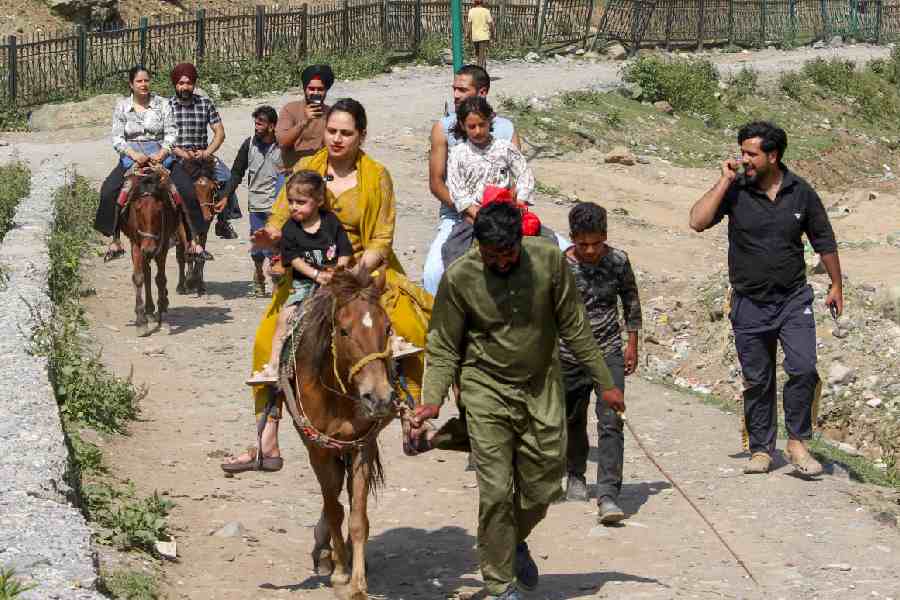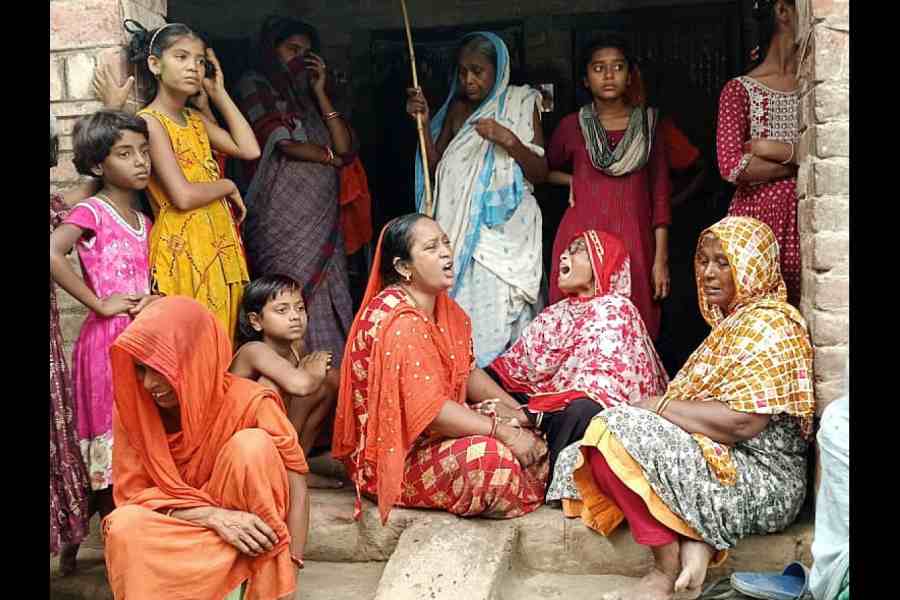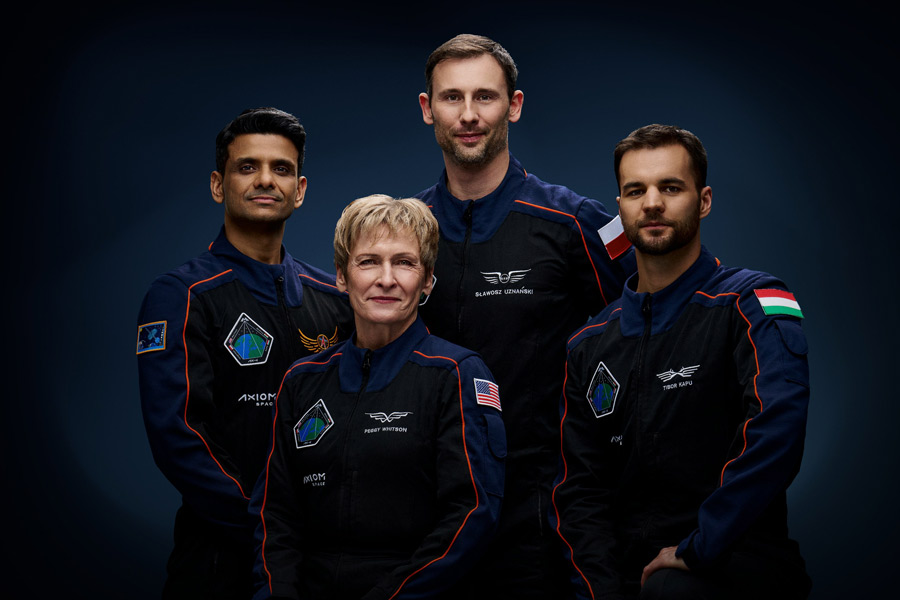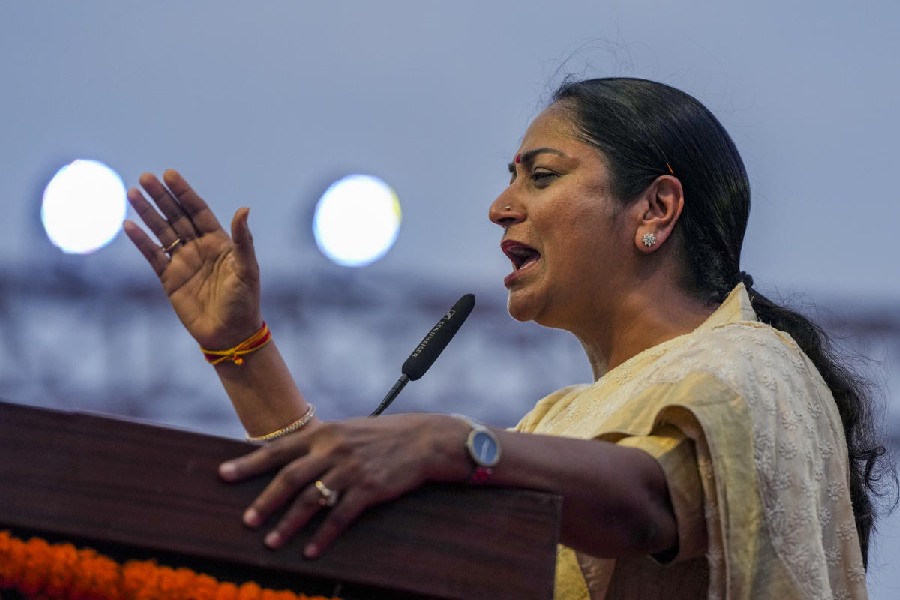 |
| Murgh Omar Khayyam |
I don’t know if you have been following this great debate about the “chicken tikka masala”. A few weeks ago, a Member of Parliament in the United Kingdom announced that the chicken tikka masala was a British creation. Glasgow Central MP Mohammad Sarwar said it originated in Scotland, and had been created by Ali Ahmed Aslam, proprietor of the Shish Mahal restaurant in Glasgow’s West End.
As you’d expect, all hell broke loose. I got embroiled too, for someone from a British newspaper called to seek my views on the subject. Ha, I said. It came from Punjab — and we got to eat it in Delhi because the Punjabis from Pakistan brought it with them. Double ha, said Zaeemuddin Ahmad of Delhi’s most famous Muslim eatery, Karim’s. “Chicken tikka masala is an authentic Mughlai recipe prepared by our forefathers who were royal chefs in the Mughal period,” The Daily Telegraph quoted him as saying. The recipe, he said, had been in his family for generations.
 |
| Murgh charga |
In the UK, it’s believed that the dish came up in the ’70s, and became more and more popular over the years — prompting former UK foreign minister Robin Cook to describe it as Britain’s “true national dish”. Not fish and chips, not steak and kidney pie — the food that made all of Britain drool was something called the chicken tikka masala.
Used to a diet of bland food, UK has embraced the spicy chicken tikka masala as its own. I was reading somewhere that Marks and Spencer’s sells 18 tons of chicken tikka masala a week. According to one estimate, there are 48 varieties of the dish in Britain.
And that doesn’t surprise me because you can call anything chicken tikka masala — and get away with it. Some of our kababs are essentially chicken tikkas. What is Murgh til tikka but a chicken tikka masala, tempered with sesame seeds? Or what is Murgh Nawabi but another form of skewered chicken, marinated with cream and yoghurt, and with all the regular spices?
The debate, to my mind, is spurious. Food crosses borders, and changes with time and geography subtly as well as overwhelmingly. So in most cases you cannot docket a particular dish and say it originated in such and such place. Much before the rest of the world discovered chicken tikka, it was being eaten with great relish in the North West Frontier, for instance.
 |
| Hara Afghani Murgh |
I remember eating my first chicken tikka masala in 1971 in New Delhi. Those days, when Delhi was still to open its doors to many restaurants, dining out meant going to Pindi’s in Pandara Road. This was a market — it’s still flourishing — in the residential area in central Delhi that consisted mostly of restaurants serving what can be described as Punjabi-Mughlai food. I had my first chicken tikka masala here. The chef took grilled pieces of chicken and then sautéed them in a spicy masala. Little did I know then that this dish would go on to rock the world. Well, a small part of the world.
Now I realise that chicken tikka masala is indeed a huge genre. Zaranj in Calcutta has a good variety of kababs, many of which are extensions of the chicken tikka masala. Take their Chicken Omar Khayyam, a dish of barbecued chicken marinated in yoghurt, cream and spices, or Hara Afghani Murgh, which is another popular dish of chicken that has been seasoned in a green paste of coriander leaves and mint, along with ginger and garlic and whole spices. Its chefs believe that Chicken Chargha — marinated with lime juice, ginger and garlic and spices and then cooked — is a form of chicken tikka too.
So let’s not try and appropriate dishes — food is universal. Allow it to unify, not divide.
Murgh til tikka
 |
Ingredients (To serve 6-8)
• 1 chopped onion • 3-6 cloves of crushed garlic • Peeled and thinly sliced ginger, 1-inch piece • 1/4 cup oil • 1tbs coriander powder • 2tsp cumin powder • 1tsp turmeric powder • 1/4th tsp cayenne pepper • 1 cup chopped tomatoes • 1.1kg boneless, skinned chicken breasts or thighs, cut into bite-sized pieces • 1/2 cup water • Salt and pepper, to taste • 1/2 cup yoghurt or cream • Chopped cilantro, half of a bunch • 1-2tbs lemon juice • Garam masala, to taste • 20gm white til
Method
Blend the onion, garlic and ginger in the processor till smooth, adding a little water if necessary. Heat the oil in a large kadhai over medium flame. Lightly fry the coriander, cumin, turmeric and cayenne, for 10-15 seconds. Add the onion-ginger-garlic purée and sauté, stirring frequently, for 5-8 minutes until the masala is cooked. Add the tomatoes. Simmer for 3-4 minutes. Add the chicken, water, salt and pepper. Cover and let simmer till the chicken is tender — it may take anything between 30 to 60 minutes. Add more water as needed. Remove from heat and stir in the yoghurt or cream, cilantro, lemon juice and garam masala. Top with white til. Serve hot.
Murgh nawabi
 |
Ingredients (To serve 6-8)
• 700gm chicken • 60ml vinegar • 8 green chillies • 2tsp white pepper powder • 1/2tsp mace powder • 4tsp ginger paste • 4tsp garlic paste •2 cups curd •100ml cream • Butter for basting, as required • Salt, to taste
Method
Clean the chicken. Remove the skin and cut into 8 pieces. De-seed and finely chop the green chillies. Mix the chillies, pepper, mace, salt, ginger and garlic pastes with vinegar in a bowl. Apply this marinade to the chicken and keep aside for 15 minutes. Hang the curd in a muslin cloth for 4 hours to remove the whey. Then mix the curd with the cream in a bowl, transfer the chicken to this marinade and keep aside for three hours. Skewer the chicken an inch apart and keep a tray underneath for the drippings. Roast in a moderately hot tandoor or a charcoal grill for 10 minutes or in an oven for 12 minutes. Remove and hang the skewers to allow the excess moisture to drip off, then baste with butter and roast again for three minutes. Serve hot.










